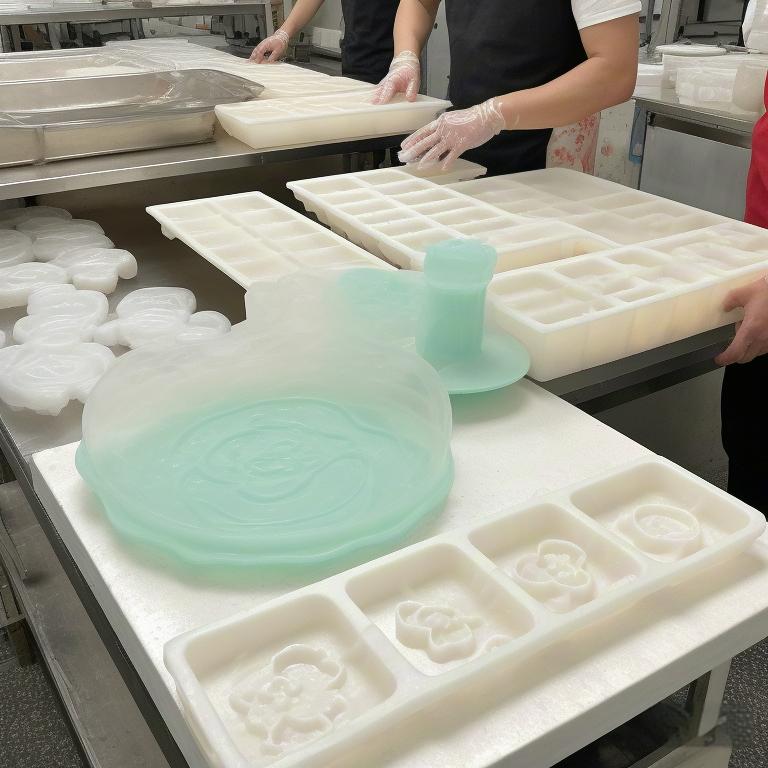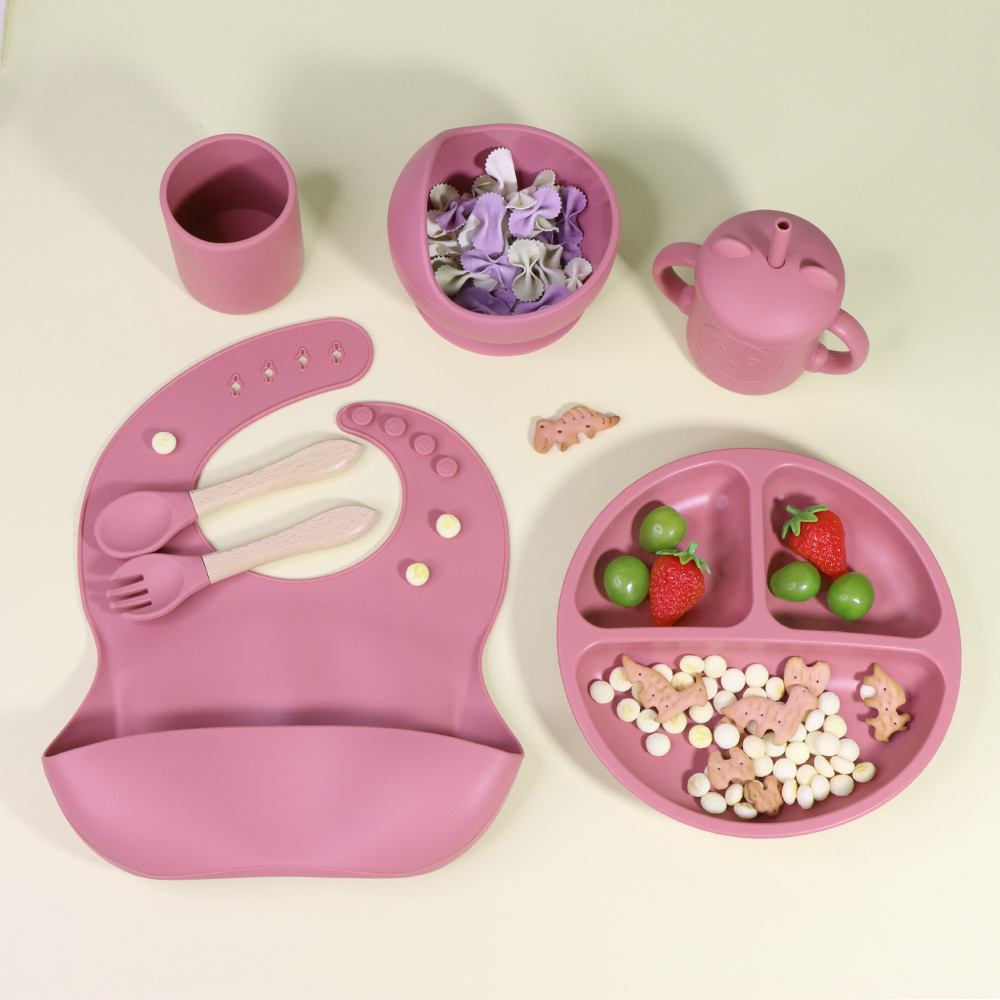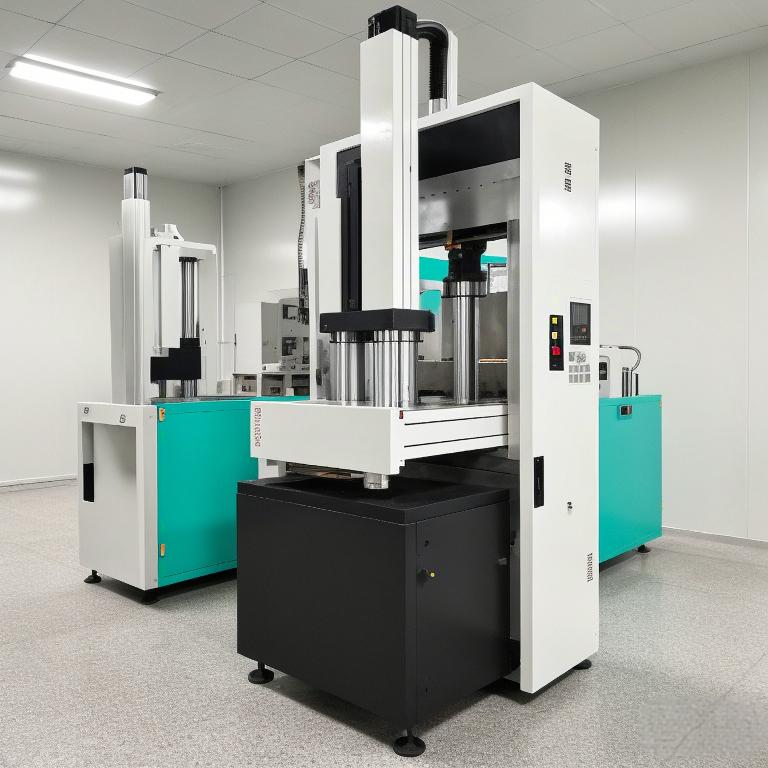Inhalt
Discover the Benefits and Versatility of Silicone Ice Trays for Your Cooling Needs
Discover why silicone ice trays are becoming increasingly popular for home and commercial use. Learn about their benefits, versatility, and how our Silikonfabrik can offer custom ice tray solutions tailored to your requirements.


The Rise of Silicone Ice Trays in Modern Refrigeration
Silicone ice trays have emerged as a preferred choice for those looking for durability, flexibility, and ease of use when making ice cubes. Unlike traditional plastic or metal trays, silicone offers a non-stick surface that allows ice cubes to be easily removed without the risk of breaking or chipping. This material is also known for its heat resistance, capable of withstanding temperatures from -40°F (-40°C) to 446°F (230°C), which means it can endure freezing temperatures without degrading over time. As a result, silicone Ice Cube Makers provide a longer-lasting solution for ice-making needs.
Why Choose Silicone Over Traditional Materials?
The adaptability of silicone makes it a superior material compared to its predecessors. One of the standout features of silicone ice trays is their ability to maintain shape and structure even after repeated uses. They do not absorb odors or stains, ensuring that each batch of ice remains fresh and clean. Moreover, silicone’s flexibility allows for easy extraction of ice cubes, reducing the need for twisting or bending the tray, which could potentially damage less resilient materials.
Applications of Silicone Ice Trays
Silicone ice trays find applications in various settings, from residential kitchens to high-end bars and restaurants. In homes, they serve as convenient tools for creating ice cubes for beverages, while also being suitable for freezing small portions of sauces, broths, or baby food. For commercial environments, Silicone Ice Molds can be used to produce uniform ice cubes that enhance the presentation of drinks. Specialized industries, such as laboratories, may require precise ice shapes for cooling samples or conducting experiments, where custom ice trays come into play.
![]()
![]()
Choosing the Right Silicone Ice Tray
Selecting the appropriate silicone ice tray depends on several factors, including the intended use, desired ice cube size, and any specific design preferences. For households, a standard-sized tray might suffice, but for professional bartenders or cocktail enthusiasts, trays that create larger or uniquely shaped cubes can add a touch of elegance to drinks. When considering durability, look for trays made from high-quality silicone that will withstand multiple freeze-thaw cycles. Additionally, check if the tray has been certified for food safety, which is crucial for health and hygiene reasons.
![]()
![]()
Custom Ice Tray: Personalization Meets Functionality
For businesses or individuals seeking a unique touch, custom ice trays present an excellent opportunity. Whether you’re aiming to produce oddly shaped ice cubes for aesthetic appeal or functional shapes that fit specific glassware, customizing your silicone ice tray can cater to these specialized requirements. Our silicone factory specializes in crafting bespoke ice trays that meet the exact specifications provided by our clients. From design consultation to final product delivery, we ensure every step of the process is handled with precision and expertise.


The Environmental Impact of Silicone Ice Molds
Considering the environmental footprint of products has become an integral part of consumer decision-making. Silicone ice trays contribute positively to this aspect as they are reusable and long-lasting, reducing waste associated with disposable alternatives. Additionally, the manufacturing process of silicone products tends to emit fewer volatile organic compounds (VOCs) compared to plastic production, offering a more eco-friendly option.
Silicone Factory: A Hub of Innovation and Quality
As a leading silicone factory, we are committed to providing high-quality products and innovation. We invest heavily in research and development to stay ahead of industry trends and deliver cutting-edge products like silicone ice trays. Our facility is equipped with state-of-the-art machinery and staffed by skilled professionals who adhere to strict quality control measures. This ensures that all products leaving our factory meet the highest performance and safety standards.
Conclusion: Embrace the Silicone Revolution
In conclusion, silicone ice trays represent a significant advancement in ice-making technology. They combine durability, convenience, and sustainability into one product, making them an indispensable tool for anyone looking to enhance their cooling experience. By working with a reputable silicone factory for custom ice tray designs, you gain access to unparalleled customization options that can elevate personal and professional settings. Embrace the future of ice making with silicone – a material that promises longevity, efficiency, and style.




